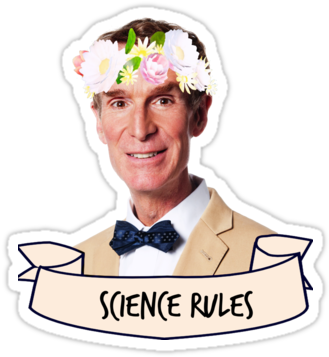this post was submitted on 02 Oct 2025
643 points (98.9% liked)
Science Memes
16939 readers
4342 users here now
Welcome to c/science_memes @ Mander.xyz!
A place for majestic STEMLORD peacocking, as well as memes about the realities of working in a lab.

Rules
- Don't throw mud. Behave like an intellectual and remember the human.
- Keep it rooted (on topic).
- No spam.
- Infographics welcome, get schooled.
This is a science community. We use the Dawkins definition of meme.
Research Committee
Other Mander Communities
Science and Research
Biology and Life Sciences
- !abiogenesis@mander.xyz
- !animal-behavior@mander.xyz
- !anthropology@mander.xyz
- !arachnology@mander.xyz
- !balconygardening@slrpnk.net
- !biodiversity@mander.xyz
- !biology@mander.xyz
- !biophysics@mander.xyz
- !botany@mander.xyz
- !ecology@mander.xyz
- !entomology@mander.xyz
- !fermentation@mander.xyz
- !herpetology@mander.xyz
- !houseplants@mander.xyz
- !medicine@mander.xyz
- !microscopy@mander.xyz
- !mycology@mander.xyz
- !nudibranchs@mander.xyz
- !nutrition@mander.xyz
- !palaeoecology@mander.xyz
- !palaeontology@mander.xyz
- !photosynthesis@mander.xyz
- !plantid@mander.xyz
- !plants@mander.xyz
- !reptiles and amphibians@mander.xyz
Physical Sciences
- !astronomy@mander.xyz
- !chemistry@mander.xyz
- !earthscience@mander.xyz
- !geography@mander.xyz
- !geospatial@mander.xyz
- !nuclear@mander.xyz
- !physics@mander.xyz
- !quantum-computing@mander.xyz
- !spectroscopy@mander.xyz
Humanities and Social Sciences
Practical and Applied Sciences
- !exercise-and sports-science@mander.xyz
- !gardening@mander.xyz
- !self sufficiency@mander.xyz
- !soilscience@slrpnk.net
- !terrariums@mander.xyz
- !timelapse@mander.xyz
Memes
Miscellaneous
founded 2 years ago
MODERATORS
you are viewing a single comment's thread
view the rest of the comments
view the rest of the comments

Two sets with infinitely many things are the same size when you can describe a one to one mapping from one set to the other.
For example, the counting numbers are the same size as the counting numbers except for 7. To go from the former set to the latter set, we can map 1-6 to themselves, and then for every counting number 7 or larger, add one. To reverse, just do the opposite.
Likewise, we can map the counting numbers to only the even counting numbers by doubling the value or each one as our mapping. There is a first even number, and a 73rd even number, and a 123,456,789,012th even number.
By contrast, imagine I claim to have a map from the counting numbers to all the real numbers between 0 and 1 (including 0 but not 1). You can find a number that isn't in my mapping. Line all the numbers in my mapping up in the order they map from the counting numbers, so there's a first real number, a second, a third, and so on. To find a number that doesn't appear in my mapping anywhere, take the first digit to the right of the decimal from the first number, the second digit from the second number, the third digit from the third number, and so on. Once you have assembled this new (infinitely long) number, change every single digit to something different. You could add 1 to each digit, or change them at random, or anything else.
This new number can't be the first number in my mapping because the first digit won't match anymore. Nor can it be the second number, because the second digit doesn't match the second number. It can't be the third or the fourth, or any of them, because it is always different somewhere. You may also notice that this isn't just one number you've constructed that isn't anywhere in the mapping - in fact it's a whole infinite family of numbers that are still missing, no matter what order I put any of the numbers in, and no matter how clever my mapping seems.
The set of real numbers between 0 and 1 truly is bigger than the set of counting numbers, and it isn't close, despite both being infinitely large.